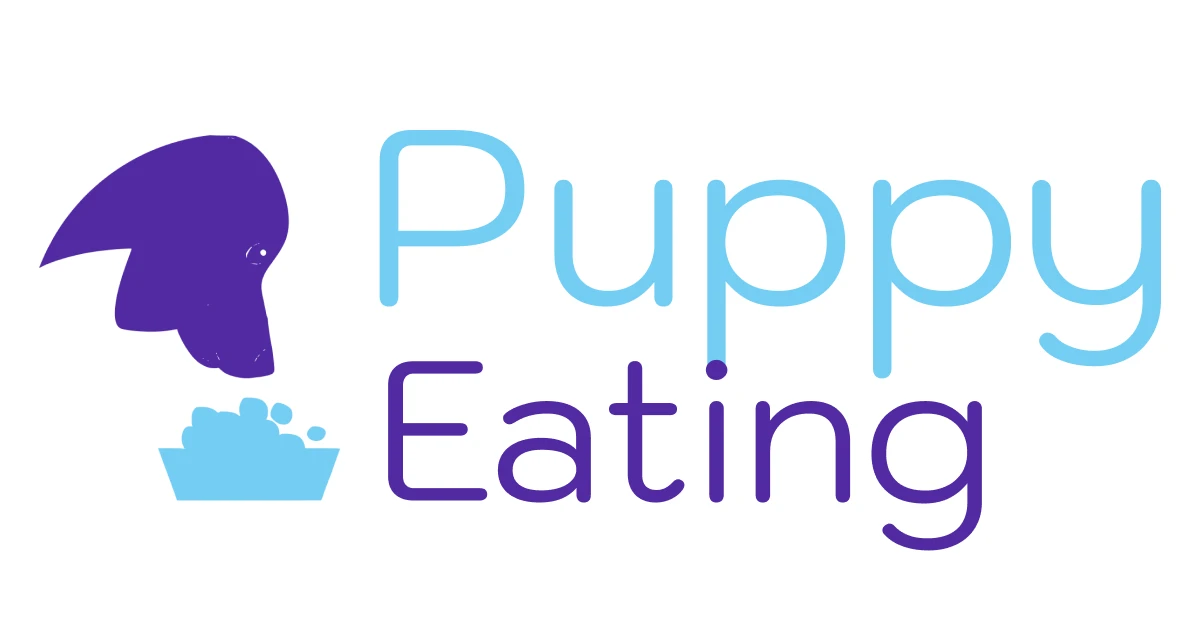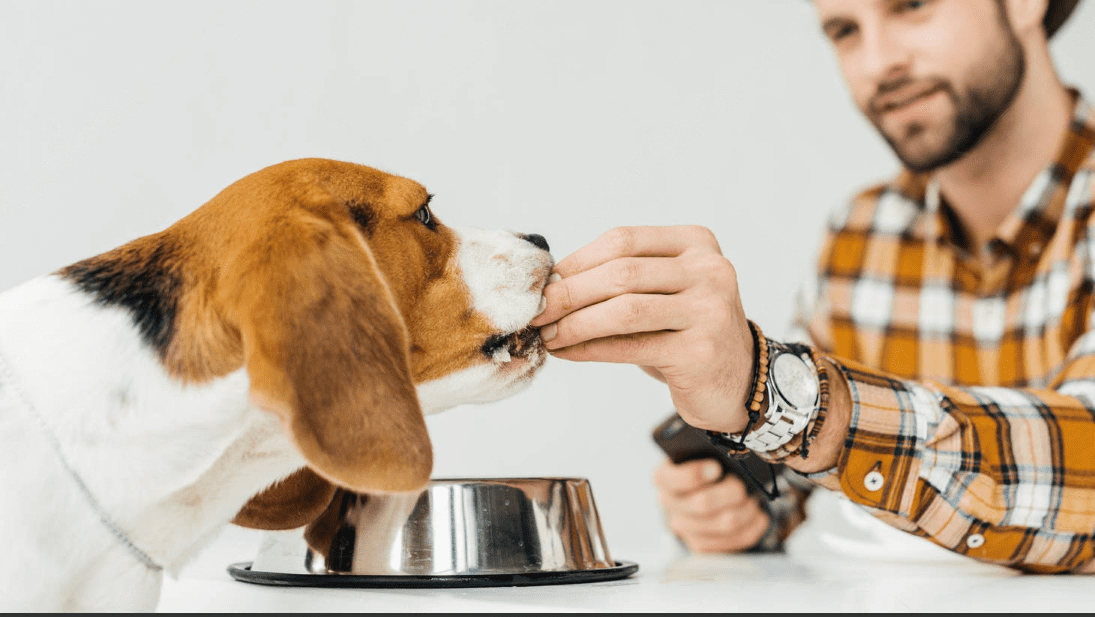As a dog owner, it’s essential to understand what you can and cannot feed your canine companion. Meat is a topic of interest for many pet owners, as dogs are natural carnivores. In this article, we will explore different types of meat and whether they are safe for dogs to consume. Let’s delve into the world of doggy diets and explore the safety of various types of meat, including bear meat, birria meat, dove meat, freezer-burned meat, gyro meat, potted meat, squirrel meat, and taco meat.
Also, read about: Can Dogs Eat Fruits? Some questions being asked
Understanding a Dog’s Diet
Dogs are descendants of wolves, and their digestive systems have evolved to handle a diet primarily consisting of meat. While they can consume some plant-based foods, meat remains an essential part of their nutritional needs. However, not all meats are suitable for dogs, and it’s crucial to be cautious about what we feed our furry friends.
Is Bear Meat Safe for Dogs?
Bear meat is highly debated among pet owners. While some argue that it is safe for dogs to consume, others are concerned about potential risks. It’s essential to note that bear meat can carry parasites and pathogens that may be harmful to dogs. As a result, it’s best to avoid feeding bear meat to your canine companion.
Can Dogs Consume Birria Meat?
Birria meat, a traditional Mexican dish, is usually made from goat or beef. While it may seem tempting to share this flavorful meal with your dog, it’s best to refrain from doing so. Spices and seasonings used in birria can upset a dog’s stomach and may lead to digestive issues. Stick to their regular diet to keep your dog safe and healthy.
Dove Meat and Dogs: What to Know
Dove meat is not toxic to dogs, but it’s not an ideal food for them either. Dogs can eat small amounts of cooked, plain dove meat on rare occasions, but it should not become a regular part of their diet. Ensure that the meat is boneless and free from any spices or additives that could harm your furry friend.
Freezer Burned Meat and Your Canine Companion
Freezer-burned meat occurs when meat is improperly stored in the freezer for an extended period. While it is not toxic to dogs, it may taste unpleasant and have a dry texture due to dehydration. Feeding your dog freezer-burned meat is not recommended, as it lacks nutritional value and may lead to digestive discomfort.
The Safety of Gyro Meat for Dogs
Gyro meat, usually made from beef, lamb, or chicken, is not inherently toxic to dogs. However, the spices and seasonings used in gyro meat can be problematic for canine consumption. It’s best to avoid sharing your gyro with your dog and stick to their regular, balanced diet.
Can Dogs Have Potted Meat?
Potted meat is a processed food that often contains low-quality meat and preservatives. While it may not be toxic in small amounts, it lacks the necessary nutrients for a dog’s health. Feeding potted meat to your dog regularly can lead to health issues in the long run. Opt for healthier and safer treats instead.
Squirrel Meat and Your Furry Friend
Squirrel meat is not toxic to dogs and contains essential nutrients. However, before sharing this delicacy with your dog, ensure that the meat is thoroughly cooked to eliminate any potential parasites. Additionally, avoid feeding them any bones, as they can be a choking hazard.
Taco Meat and Dogs: Things to Consider
Taco meat is a delicious and flavorful treat, but it’s not suitable for dogs. The spices, onions, garlic, and other ingredients commonly used in taco meat can be harmful to your furry friend. Keep tacos and other seasoned dishes away from your dog’s plate to prevent any health complications.
Best Practices for Feeding Meat to Dogs
When feeding meat to your dog, follow these best practices:
- Stick to lean, unseasoned, and cooked meats.
- Avoid giving them bones, as they can splinter and cause injuries.
- Introduce new meats gradually and monitor for any adverse reactions.
- Always consult your veterinarian before introducing new foods into your dog’s diet.
Meat Preparation Tips for Dog Owners
When preparing meat for your dog:
- Trim excess fat, as it can cause pancreatitis.
- Cook the meat thoroughly to eliminate harmful bacteria.
- Remove any seasonings, spices, or additives.
Signs of Meat Allergies in Dogs
Dogs can develop allergies to certain meats. Watch out for these signs:
- Itchy skin
- Ear infections
- Vomiting or diarrhea
- Excessive licking or biting
What to Do If Your Dog Consumes Unsafe Meat
If you suspect your dog has consumed unsafe meat or is showing signs of illness, contact your veterinarian immediately. They can provide the appropriate guidance and treatment to ensure your dog’s well-being.
Dog Meat Chart: Daily Consumption and Calories
To ensure the health and well-being of our canine companions, it’s crucial to provide them with a balanced diet that meets their nutritional needs. The following dog meat chart outlines the recommended daily consumption and approximate calorie content of various types of meat commonly fed to dogs. Please note that individual dog’s needs may vary, and it’s always best to consult with a veterinarian to determine the most appropriate diet for your furry friend.
| Meat Type | Daily Consumption (oz) | Calories per oz |
|---|---|---|
| Chicken | 4 – 8 | 40 |
| Turkey | 4 – 8 | 35 |
| Beef (lean) | 4 – 8 | 45 |
| Pork (lean) | 4 – 8 | 55 |
| Lamb | 4 – 8 | 50 |
| Fish (salmon) | 4 – 8 | 55 |
| Fish (tuna) | 4 – 8 | 30 |
| Venison | 4 – 8 | 50 |
| Rabbit | 4 – 8 | 40 |
| Duck | 4 – 8 | 60 |
Please keep in mind that the daily consumption quantities are approximate and should be adjusted based on your dog’s age, weight, activity level, and overall health. It’s essential to maintain a proper balance between meat, vegetables, and grains in your dog’s diet to provide them with the necessary nutrients for optimal health.
Remember that bones should not be included in daily consumption as they can pose choking hazards and cause injuries to your dog’s digestive system. Always remove bones from the meat before serving.
Additionally, when introducing new meats to your dog’s diet, do so gradually to monitor for any potential allergies or sensitivities. If you notice any adverse reactions, consult with your veterinarian to determine the best course of action.
It’s essential to prioritize your dog’s well-being by offering them a diverse and nutritionally rich diet. Along with meat, provide fresh water, and consider incorporating high-quality commercial dog food to ensure they receive a well-rounded diet.
By following this dog meat chart and providing your furry friend with a balanced diet, you can contribute to their overall health, happiness, and longevity.
Can dogs eat raw meat?
Feeding dogs raw meat carries potential risks, including bacterial contamination. It’s best to consult with your veterinarian before incorporating raw meat into your diet.
Is chicken safe for dogs?
Yes, chicken is safe for dogs to eat as long as it is thoroughly cooked and unseasoned. Avoid giving them chicken bones.
Are meat by-products safe for dogs?
In moderation, some meat by-products can be safe for dogs. However, it’s essential to choose high-quality sources and avoid excessive consumption.
How can I introduce new meats to my dog’s diet?
When introducing new meats, start with small amounts and observe for any adverse reactions. Gradually increase the quantity if your dog tolerates it well.

